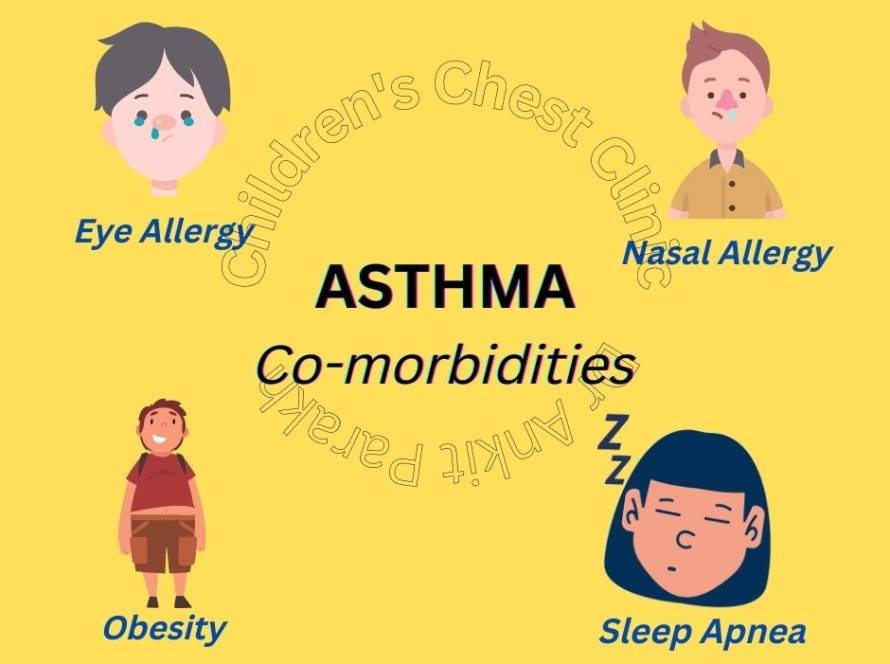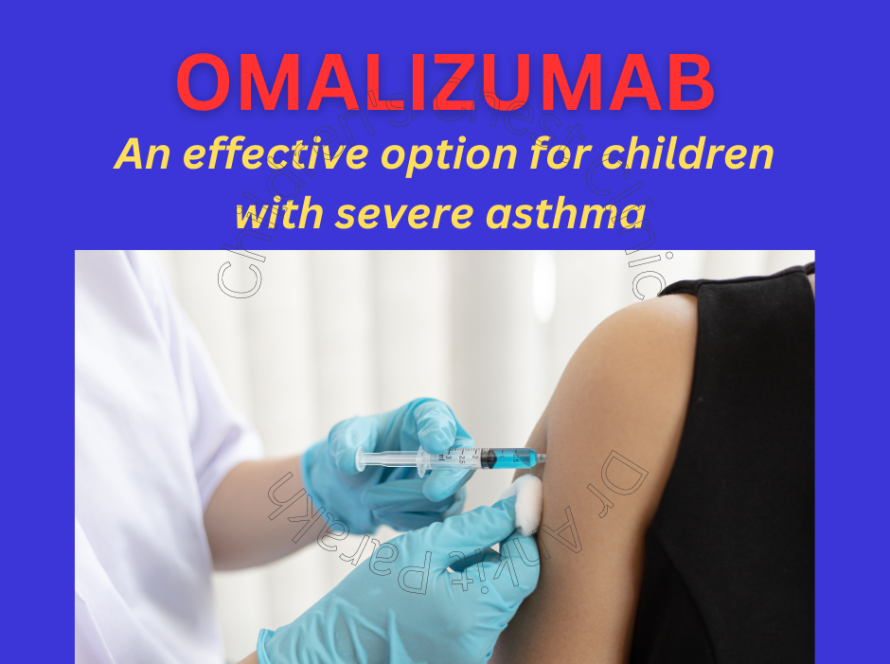Tuberculosis (TB) remains one of the leading causes of morbidity and mortality globally, particularly in developing countries. The treatment of TB is highly effective but requires a combination of antitubercular drugs (ATT), which can sometimes lead to serious side effects, one of the most concerning being drug-induced jaundice. Jaundice, characterized by a yellowish tint to the skin and eyes, is a sign of liver dysfunction, often due to hepatitis or liver injury caused by the medications.
This article will discuss the relationship between antitubercular drugs and jaundice, how to diagnose and monitor these reactions, and the best practices for management, particularly in children.
What Causes Jaundice in Tuberculosis Treatment?
Antitubercular drugs, especially first-line agents like rifampicin, isoniazid, and pyrazinamide, are known to sometimes cause liver toxicity. The liver plays a central role in metabolizing drugs, and when overwhelmed by the toxicity of ATT, it may fail to process bilirubin properly, leading to jaundice. Hepatitis, an inflammation of the liver, can result from this hepatic dysfunction, further complicating the management of tuberculosis.
Common Antitubercular Drugs Associated with Hepatitis:
- Isoniazid (INH): Known for its hepatotoxicity, INH can cause acute liver injury, especially when used in conjunction with other TB drugs.
- Rifampicin (RIF): While less hepatotoxic than INH, it can still contribute to liver inflammation in certain individuals.
- Pyrazinamide (PZA): Often implicated in causing liver enzyme elevation and acute hepatitis.
Recognizing and Diagnosing Antitubercular Drug-Induced Jaundice in Children
The early signs of jaundice in children undergoing tuberculosis treatment can sometimes be subtle. As a healthcare provider, it’s vital to look for the following:
- Nausea, vomiting, and loss of appetite: General symptoms that can accompany liver dysfunction.
- Yellowing of the skin and eyes (scleral icterus): A hallmark sign of jaundice.
- Dark urine: Due to increased bilirubin levels being excreted in the urine.
- Abdominal pain: Especially in the right upper quadrant, indicating potential liver involvement.
Routine liver function tests (LFTs) should be done at the start of therapy, and then periodically during the course of treatment to monitor for early signs of hepatitis. If there is a significant elevation in transaminases (ALT, AST) or bilirubin, drug-induced hepatitis should be suspected.
How to Manage Jaundice Induced by Antitubercular Drugs?
1. Early Detection and Discontinuation of the Offending Drug
The first step in managing jaundice due to ATT is to identify which drug or drugs are causing the liver injury. When a patient presents with jaundice, liver enzymes (ALT, AST), bilirubin levels, and a full medical history should be evaluated. If the levels of liver enzymes are significantly elevated, the suspected hepatotoxic drug should be discontinued immediately. Usually, Isoniazid (INH), Rifampicin (RIF), and Pyrazinamide (PZA) are discontinued.
2. Supportive Treatment
For mild cases of jaundice or when the liver injury is detected early, supportive treatment can often help. This includes hydration, rest, and close monitoring of liver function. Depending on the severity, the child may require hospitalization for more intensive monitoring.
3. Introduction of Alternative Therapy
If the child is diagnosed with drug-induced hepatitis, alternative medications can be introduced. Second-line anti-TB drugs like levofloxacin can be considered until the first-line drugs can be reintroduced.
4. Gradual Reintroduction of Drugs
Once liver function returns to normal, the antitubercular drugs may be cautiously reintroduced. The reintroduction should occur one drug at a time, starting with rifampicin and carefully observing for any signs of liver toxicity. If the child tolerates this, other drugs can be slowly added back.
5. Monitoring and Follow-up
Children who have experienced jaundice due to antitubercular therapy require frequent follow-up visits to monitor liver function and ensure that the TB treatment continues effectively. Liver enzymes should be checked every 2–4 weeks after the reintroduction of drugs into the treatment regimen.
Prevention and Risk Factors
To reduce the risk of jaundice during tuberculosis treatment, the following measures can be taken:
- Screening for Hepatitis B and C: Prior to starting TB treatment, screening for pre-existing liver diseases like hepatitis B or C should be conducted. These conditions can increase the risk of drug-induced liver injury.
- Careful Monitoring in High-Risk Groups: Children with a history of liver disease or those who are malnourished are at higher risk of hepatotoxicity and should be monitored more closely.
- Educating Families: Educating parents and caregivers about the early signs of jaundice and the importance of reporting any changes in the child’s condition is crucial for prompt intervention.
Conclusion
While antitubercular drugs are essential for treating tuberculosis in children, they can occasionally lead to jaundice and liver complications. Early identification, careful drug management, and vigilant monitoring are key to minimizing these risks. By adhering to the appropriate steps for managing antitubercular drug-induced jaundice, we can continue to provide effective treatment for TB while safeguarding the health of young patients. If your child is having any symptoms suggestive of hepatitis and is on TB treatment, do get in touch with a TB specialist.






